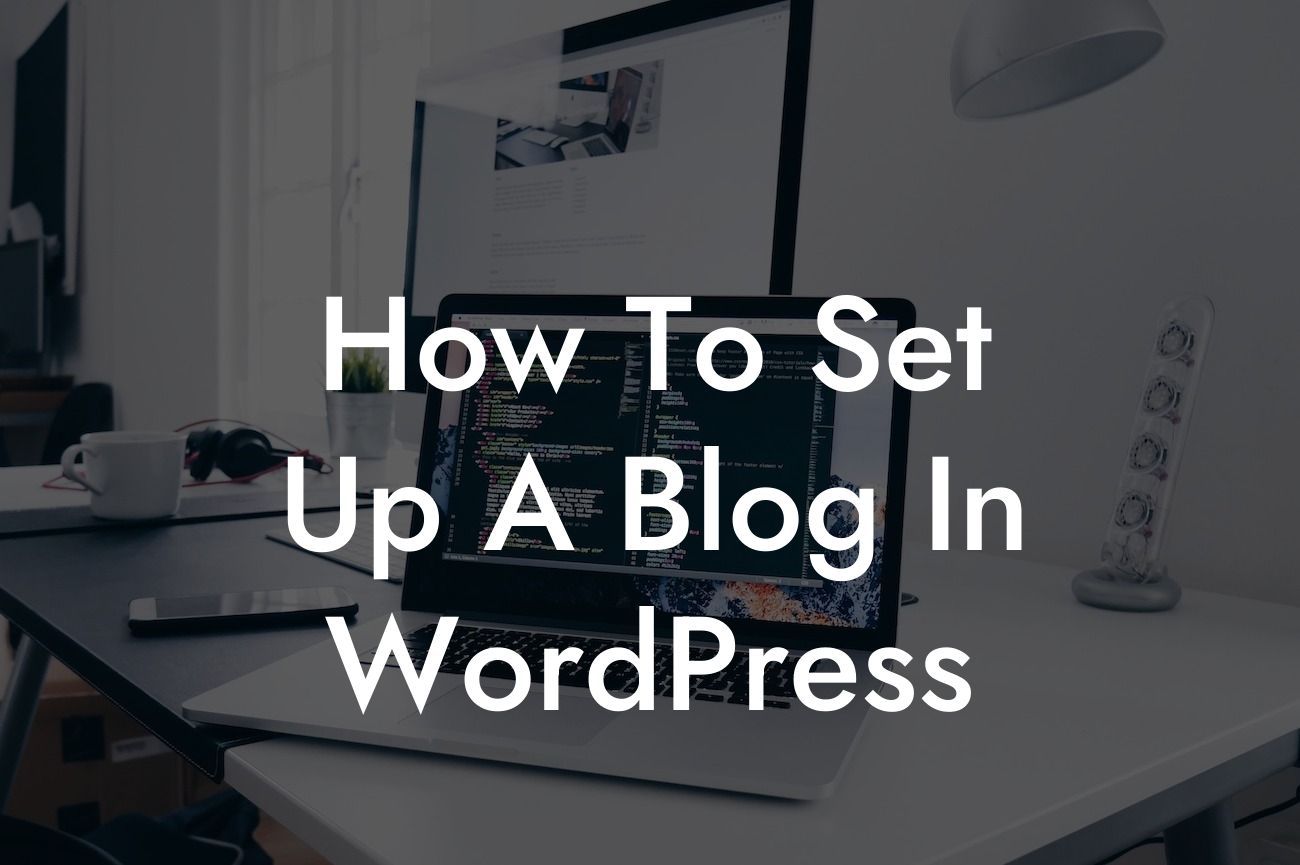Setting up a blog in WordPress can seem like a daunting task, but fear not! In this detailed guide, we will walk you through the entire process, step by step. Whether you're a small business owner or an aspiring entrepreneur, having a blog on your website can be a game-changer. It allows you to connect with your audience, build a strong online presence, and establish yourself as an authority in your industry.
Before we dive into the nitty-gritty of setting up a blog in WordPress, let's take a moment to understand why it's a wise decision. Blogs offer a fantastic platform to regularly produce fresh and engaging content that resonates with your audience. It not only helps in driving organic traffic to your website but also nurtures your leads and keeps your customers informed.
To get started, you need a domain name and a hosting provider. Once you have these in place, installing WordPress is a breeze. Choose a WordPress theme that reflects your brand's personality and customize it to match your preferences. Remember, a well-designed and user-friendly theme enhances your visitors' experience.
Now, it's time to create your blog pages. Start with an "About Me/Us" page, where you can introduce yourself or your business. Next, create a "Contact" page to encourage interaction with your audience. To make it easier for your readers to navigate through your content, consider adding a search bar and relevant categories.
To create compelling blog posts, focus on quality content that provides value to your readers. Research your topics thoroughly and utilize H2, H3 headings, and bullet points for better readability. Add relevant images and infographics to make your content visually appealing and easy to understand. Don't forget to optimize your images with appropriate alt tags.
Looking For a Custom QuickBook Integration?
Plugins are the secret sauce that elevates your WordPress blog to the next level. Essential plugins for bloggers include Yoast SEO, which helps you optimize your posts for search engines, and Akismet, an anti-spam plugin. You can also explore plugins that improve your site's performance, enhance social sharing options, and provide security.
How To Set Up A Blog In Wordpress Example:
Let's say you run a small business that offers organic skincare products. You decide to start a blog to educate your audience about the benefits of natural ingredients and share skincare tips. Your engaging posts might include topics like "Top 5 Ingredients to Avoid in Skincare Products" or "DIY Face Masks for Glowing Skin."
Congratulations! You have successfully set up your blog in WordPress. Now, it's time to share your valuable content with the world. Don't forget to promote your article on social media and encourage readers to explore other helpful guides on DamnWoo. And remember, if you want to take your blog's functionality to the next level, give our awesome WordPress plugins a try!













